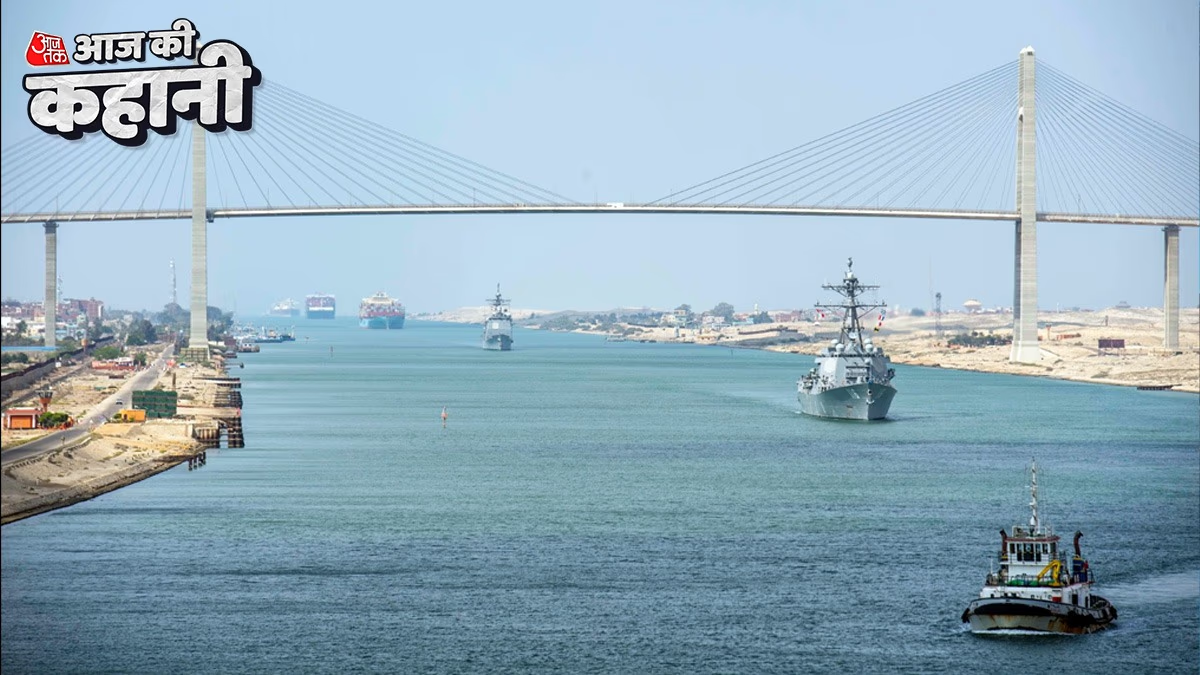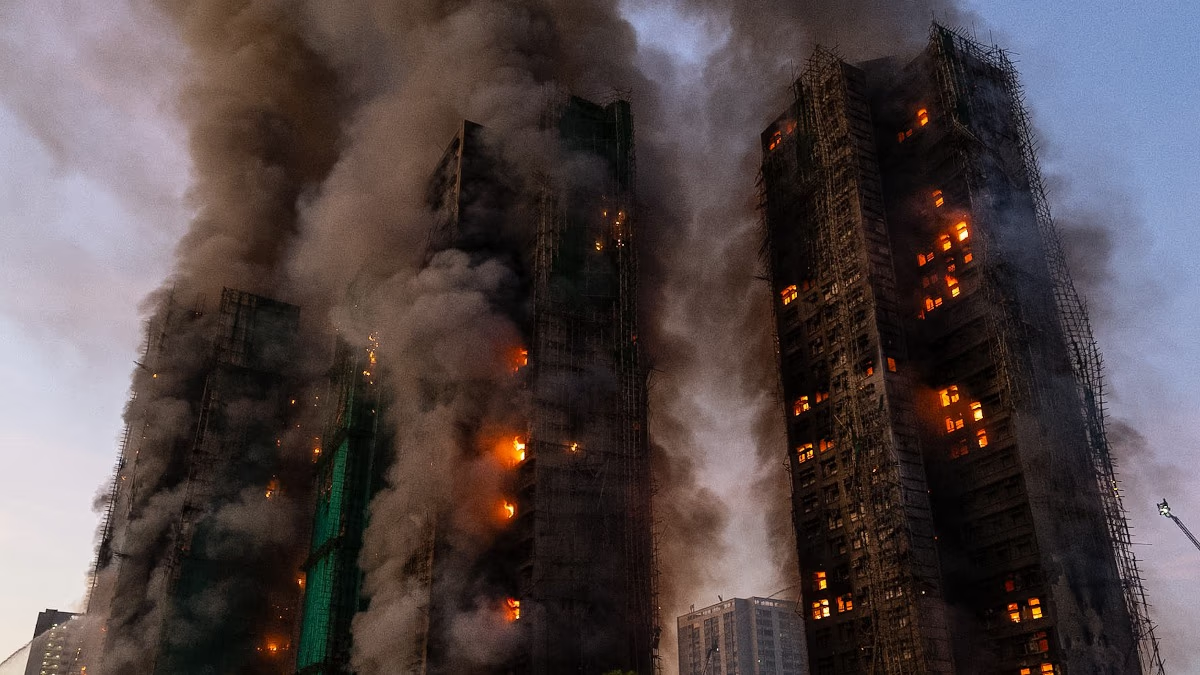On November 17, 1869, the Suez Canal was opened for the first time. This canal separated Africa and Asia while connecting the Mediterranean Sea with the Red Sea, revolutionizing global maritime traffic.
Before the Suez Canal, European nations had to circumnavigate the Atlantic Ocean and round the Cape of Good Hope at the southern tip of Africa to reach Asian countries like India and China, adding an extra 6,000 miles to their journey.
Opening a Direct Path to Asia and East Africa
The Suez Canal provided a straightforward and efficient route from Europe to Asia and East Africa, saving approximately 6,000 miles. This facilitated significant trade growth with countries like Iran, the Arabian Peninsula, India, Pakistan, the Far East, Australia, and New Zealand.
Inauguration at a Grand Ceremony
The Suez Canal, linking the Mediterranean and the Red Sea, was inaugurated with grandeur, attended by French Empress Eugenie, wife of Napoleon III. In 1854, former French consul Ferdinand de Lesseps signed an agreement with Egypt’s Ottoman governor to build a 100-mile canal across the Isthmus of Suez.
Initial Excavation Done by Hand
An international team of engineers planned the construction, forming the Suez Canal Company in 1856, with rights to operate the canal for 99 years after completion. Work began in April 1859, initially by hand, using shovels and picks. Later, dredgers and steam shovels were introduced by European workers.
Initially, Suez Canal was 25 Feet Deep
Labor disputes and a cholera outbreak slowed advancement, yet by November 17, 1869, the canal opened for navigation. Initially, it was 25 feet deep, 72 feet wide at the bottom, and 200 to 300 feet wide at the surface.
Initially Operated by the Building Company
In the first year, fewer than 500 ships passed through the canal. Major improvements began in 1876, and it quickly became one of the world's busiest shipping lanes. In 1875, Great Britain became the largest shareholder by buying Egyptian stock in the Suez Canal Company.
Britain Then Seized Control
In 1882, Britain invaded Egypt, occupying it for an extended period. The 1936 Anglo-Egyptian Treaty granted Egypt near independence, but Britain retained rights to secure the canal. Post World War II, Egypt pressured to remove British troops and nationalized the canal in July 1956 under President Gamal Abdel Nasser.
Post-War Egypt Regains Suez Control
Nasser nationalized the canal to fund a massive dam on the Nile, leading to an invasion by Israel in October, followed by British and French troops in November. Due to UN pressure, they withdrew by December, and March 1957 saw Israeli troops departing, allowing Egypt to control and reopen the canal for commerce.
Closed for Eight Years
Following the Six-Day War and Israel's occupation of the Sinai Peninsula, Egypt closed the canal again. For eight years, the Suez Canal, dividing Sinai from the rest of Egypt, was a zone of conflict between Egyptian and Israeli forces. In 1975, President Anwar Sadat reopened the canal as a peace gesture after talks with Israel. Today, it handles dozens of ships daily, transporting over 300 million tons of goods annually.
The initial days allowed passage only during daylight, but post-1887, night navigation became feasible. By 1866, crossing the canal took 36 hours; now it takes less than 18 hours. The canal is currently under Egypt's control.
Key Events
On November 17, 1932, the Third Round Table Conference began.
On November 17, 1966, India's Reita Faria won the Miss World title, becoming the first Asian woman to achieve this honor.
On November 17, 1933, the United States recognized the Soviet Union, agreeing on bilateral trade.
On November 17, 1966, the Soviet Union landed an unmanned remote-controlled craft on the Moon.
On November 17, 1989, police brutally suppressed government protests in Czechoslovakia.




